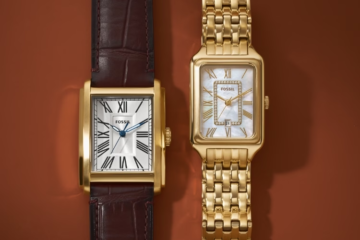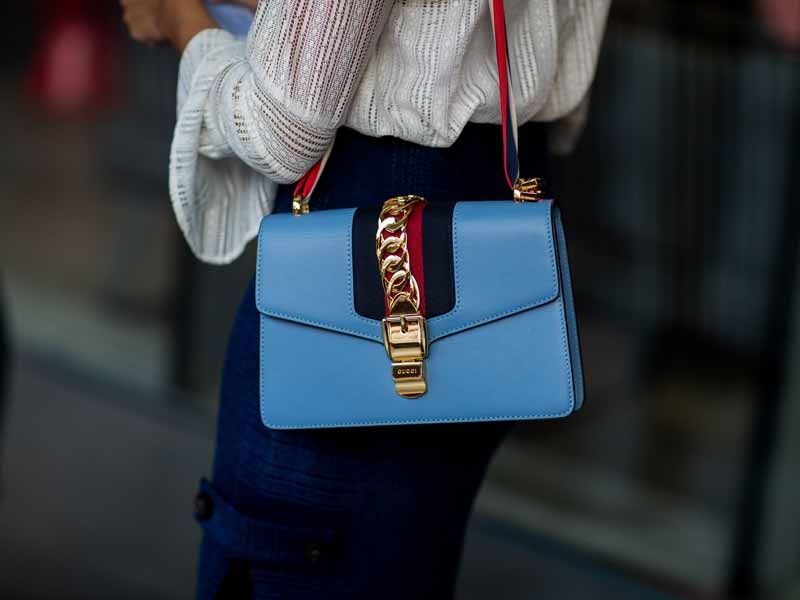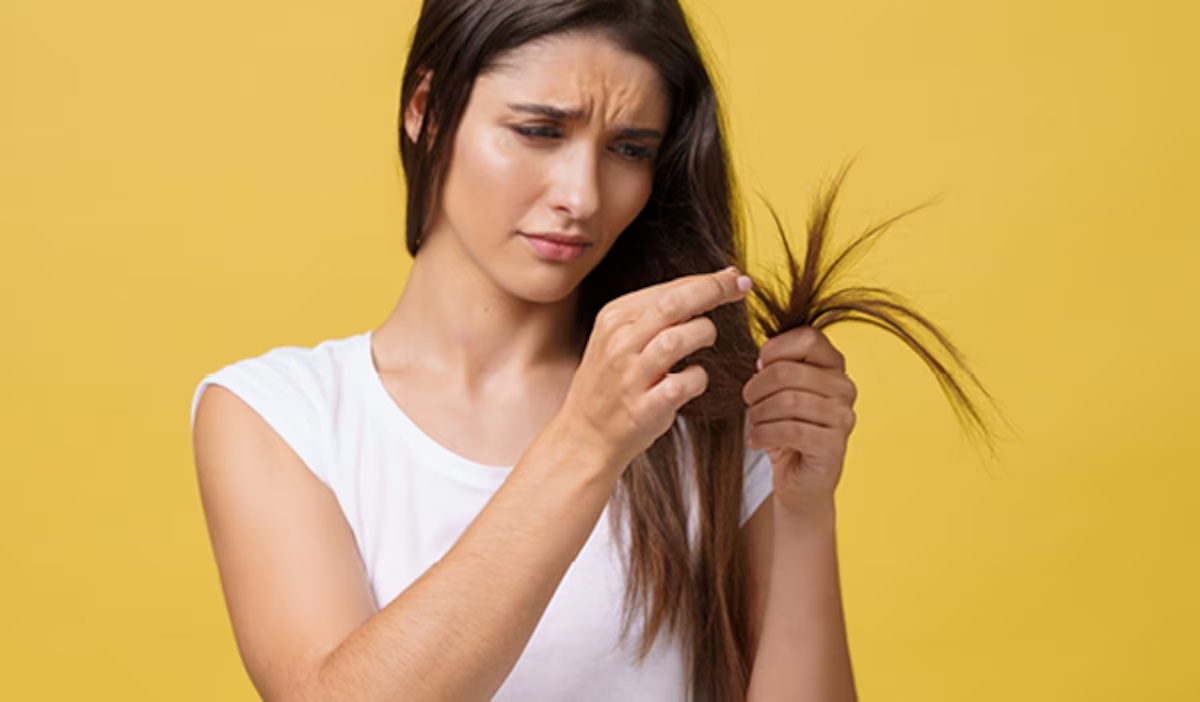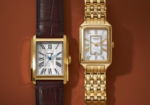Smartest genuine turquoise jewelry Options You Can get Now

If you used the word “turquoise,” what would you immediately think of? It’s natural to associate turquoise with the Southwestern United States, where it has been a component of Native American jewellery and art for centuries, if not longer. However, turquoise has been mined in a few different regions, and true blue sapphires may be found in many different countries. Persian turquoise is often regarded as the finest example of the stone in existence.
Formation
Turquoise is created when water percolates through rocks with high concentrations of copper and aluminium. Turquoise is deposited in its final form after undergoing a chemical procedure. This is a gross oversimplification of a process that really takes millions of years and can only occur when a complex set of conditions is satisfied at the same moment.
Variations in colour saturation
Copper enhances turquoise’s blue hue. Turquoise will become green if there is a higher concentration of aluminium in the area where it is formed. When zinc is present, the deposits take on a yellowish-green colour, a rare hue combination seen in just a few places. Choosing the genuine turquoise jewelry items is essential here.
Ink Stains
Matrices, such as the black veining and other marks, are examples of the sections of the rock that led to the production of the turquoise. When a piece of stone is sliced, some of the matrix that formerly encased the turquoise will be lost. Since turquoise may develop in many different types of rock, both the amount of matrix present and the colour of the matrix can be very diverse.
Was wondering whether it was a difficult stone to chisel.
The hardness of jewelry-quality turquoise is usually between 5 and 6 on the Mohs scale, with 6 being the hardest. Turquoise is often unearthed at the areas closest to the planet’s surface since this is where it has had the most time to dry up and become brittle. The more porous and soft forms of turquoise have a chalky look and cannot be used in their natural form.
Traditional Methods of Care
Stabilized turquoise is created by injecting epoxy glue or similar substance into the stone. What you get is a turquoise with increased durability. When treated, it stops being porous and maintains its colour over time.
Due to the stabilisation procedure, jewellers may utilise turquoise of a lesser quality than would typically be permitted.
The fact that most turquoise used in modern jewellery has been treated or enhanced in some way is not problematic so long as the buyer is informed of the treatment history of the stone they are purchasing and is prepared to pay a fair price for it. It would be too expensive for many of us if jewellers were required to use only the finest quality real turquoise.
Organic Turquoise
Although the natural turquoise has been cut and polished, the stones themselves have not been treated in any way. Stones may alter in colour over time as they absorb moisture from the air and your body, giving them a beautiful patina.
Guidelines and Suggestions
Take extra care not to scratch your turquoise jewellery by handling it roughly. Jewellery set with turquoise should be kept away from other, harder gemstones or anything that might scratch or otherwise damage the turquoise.












